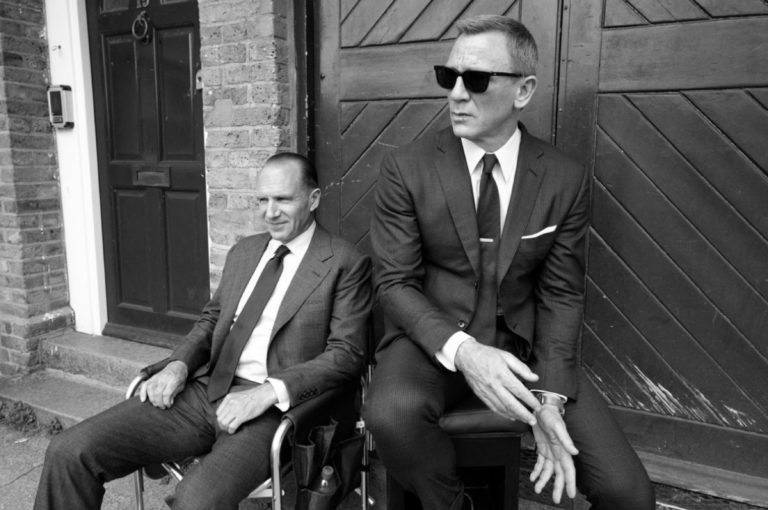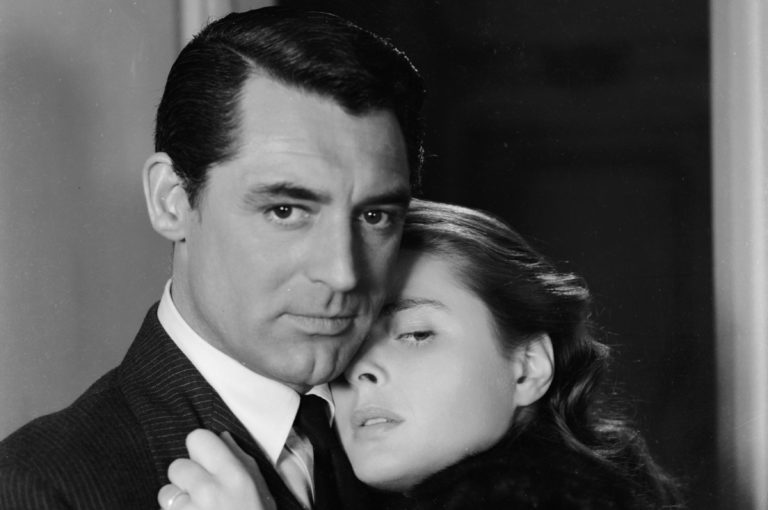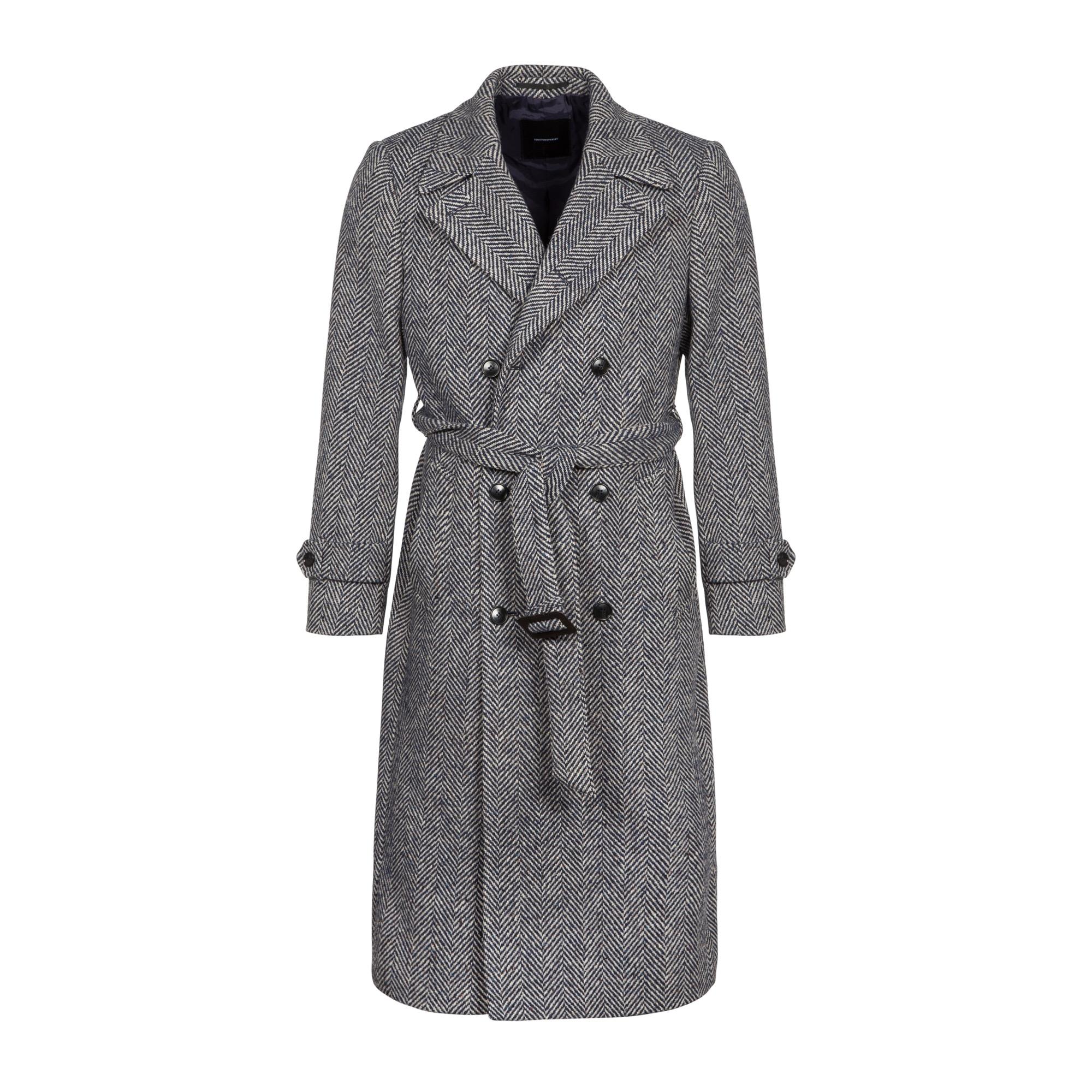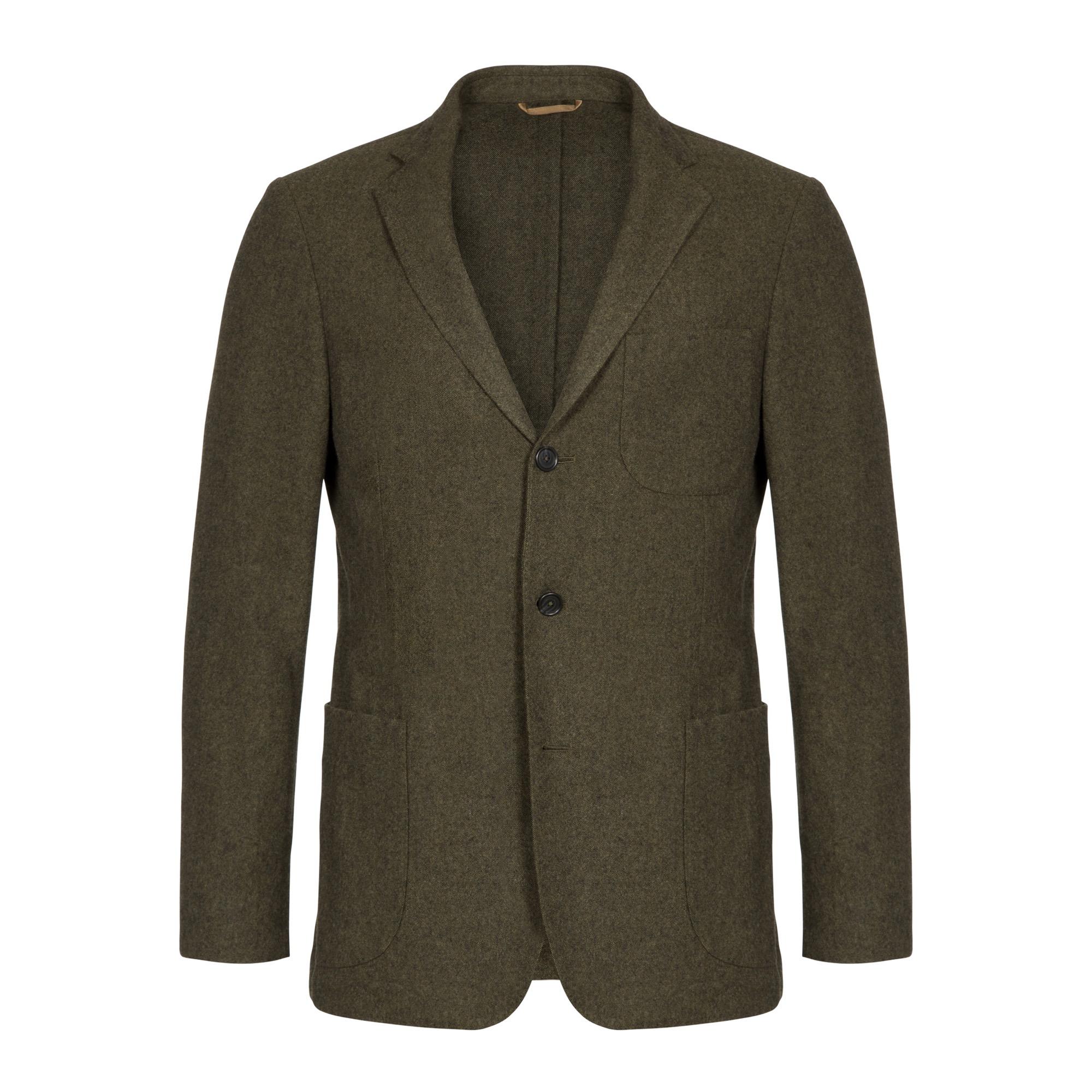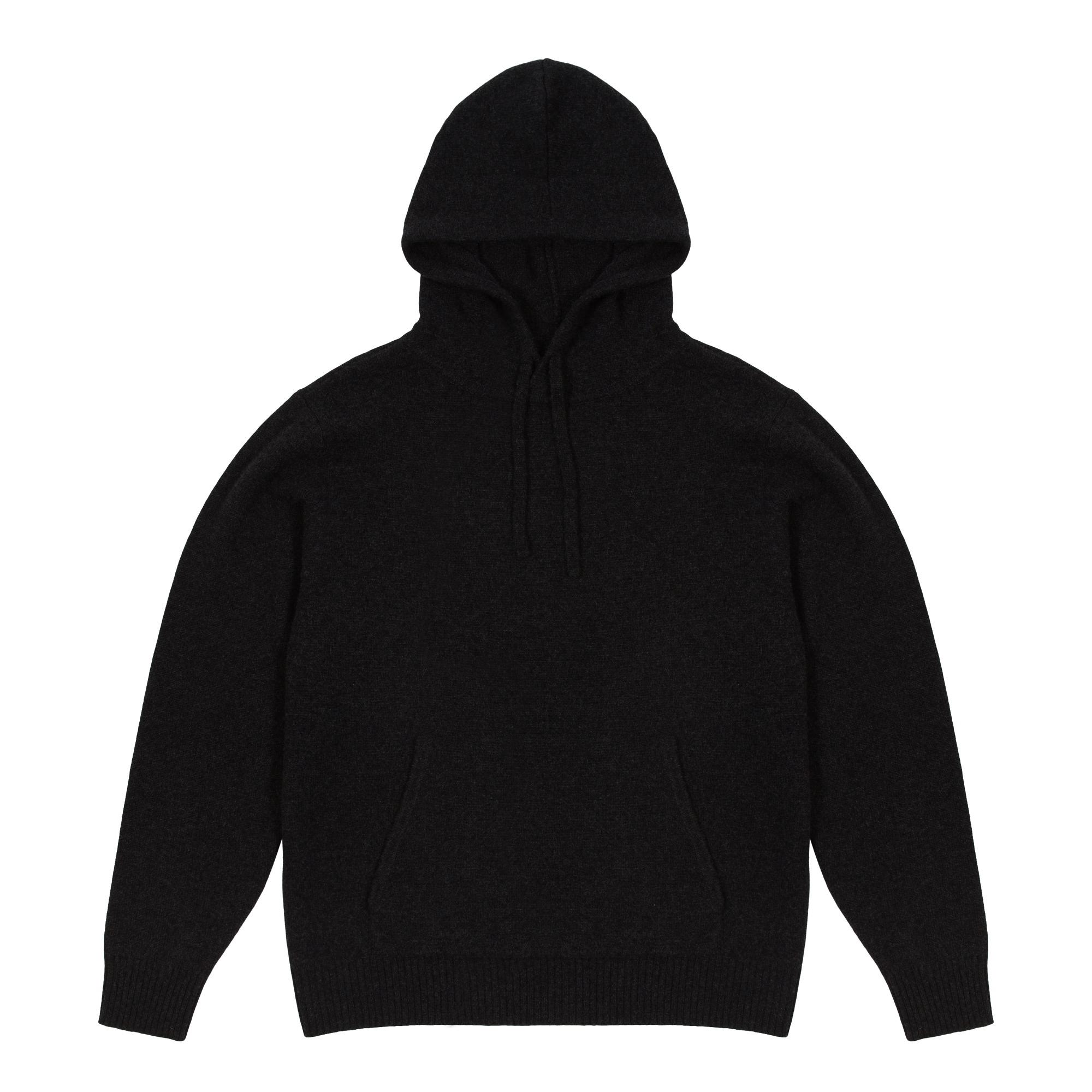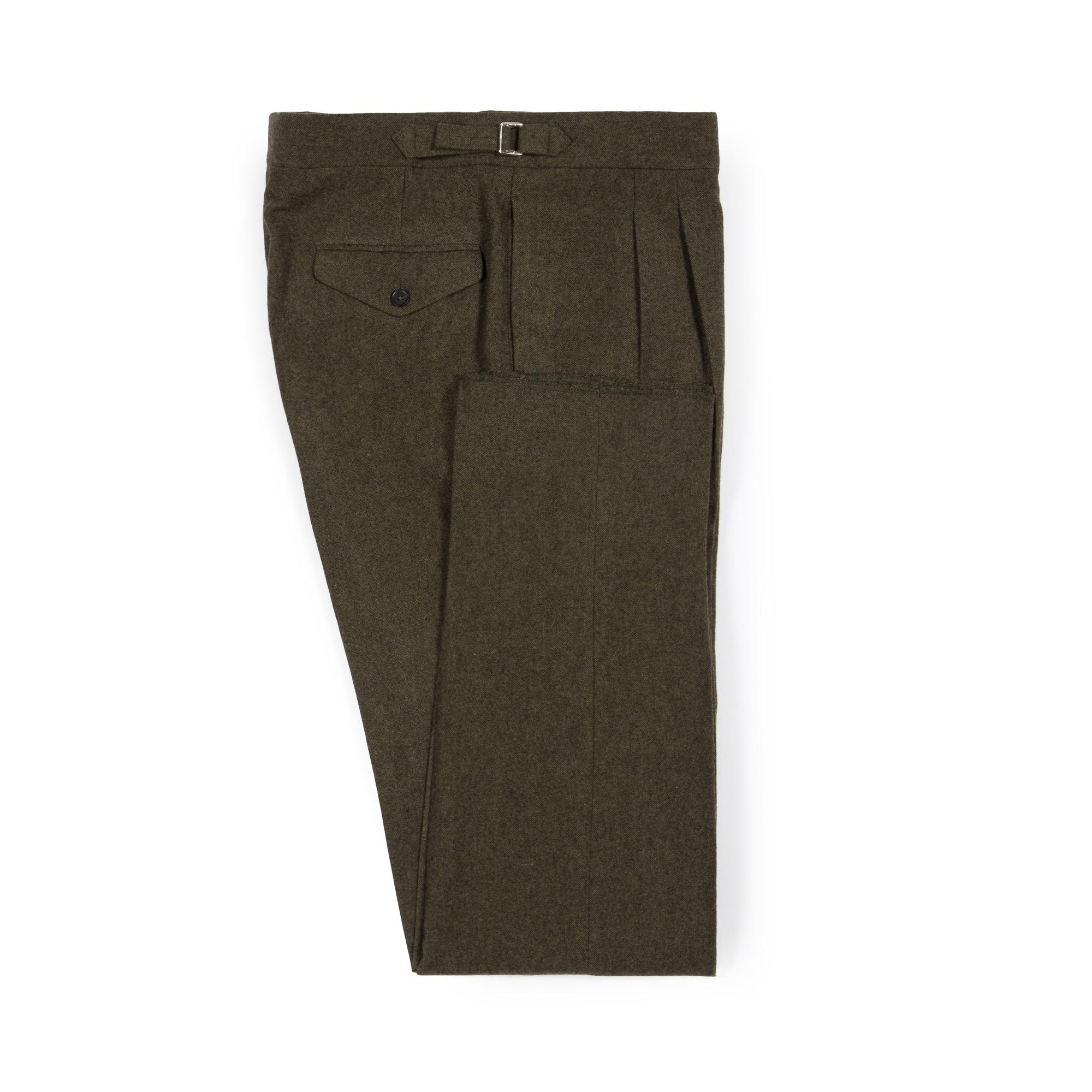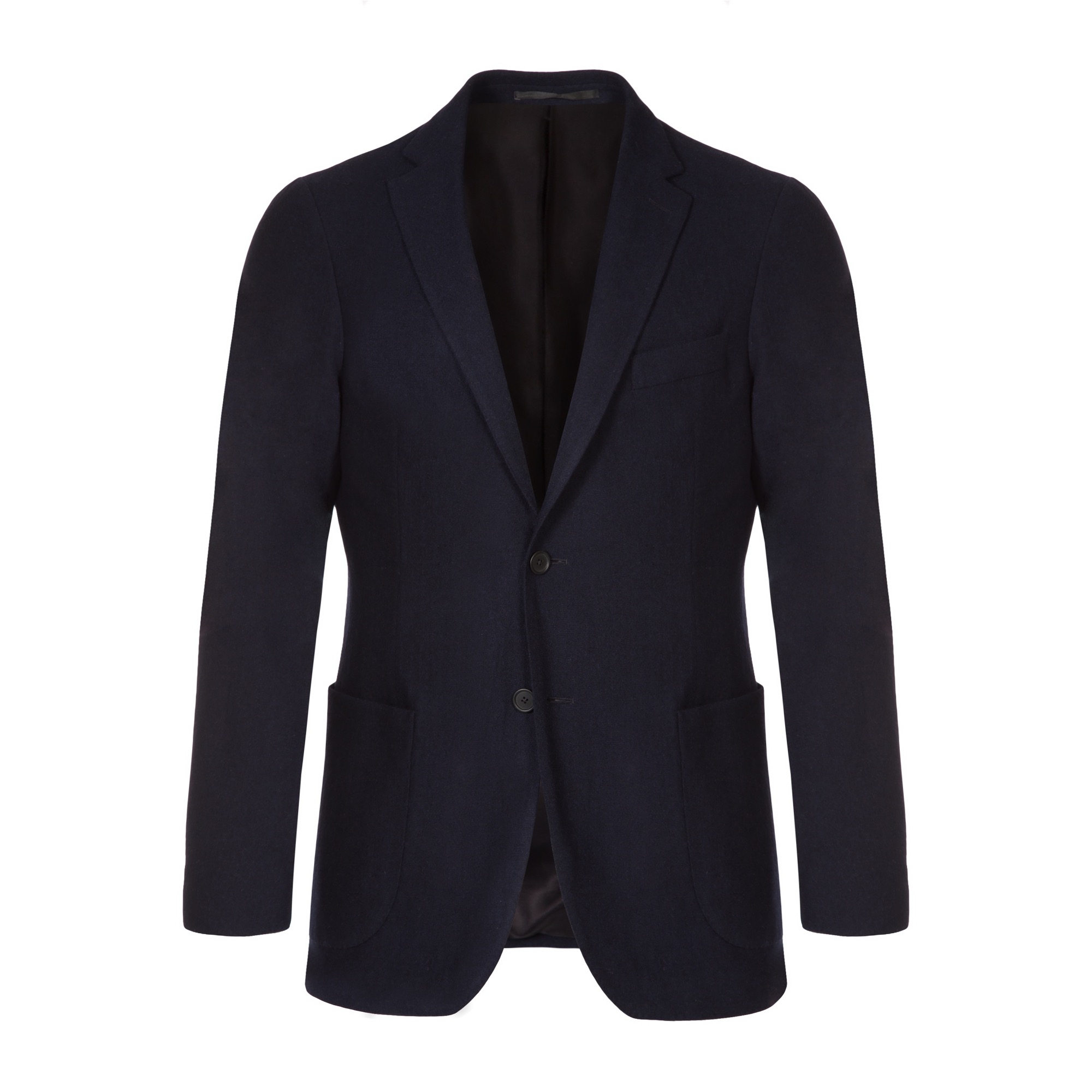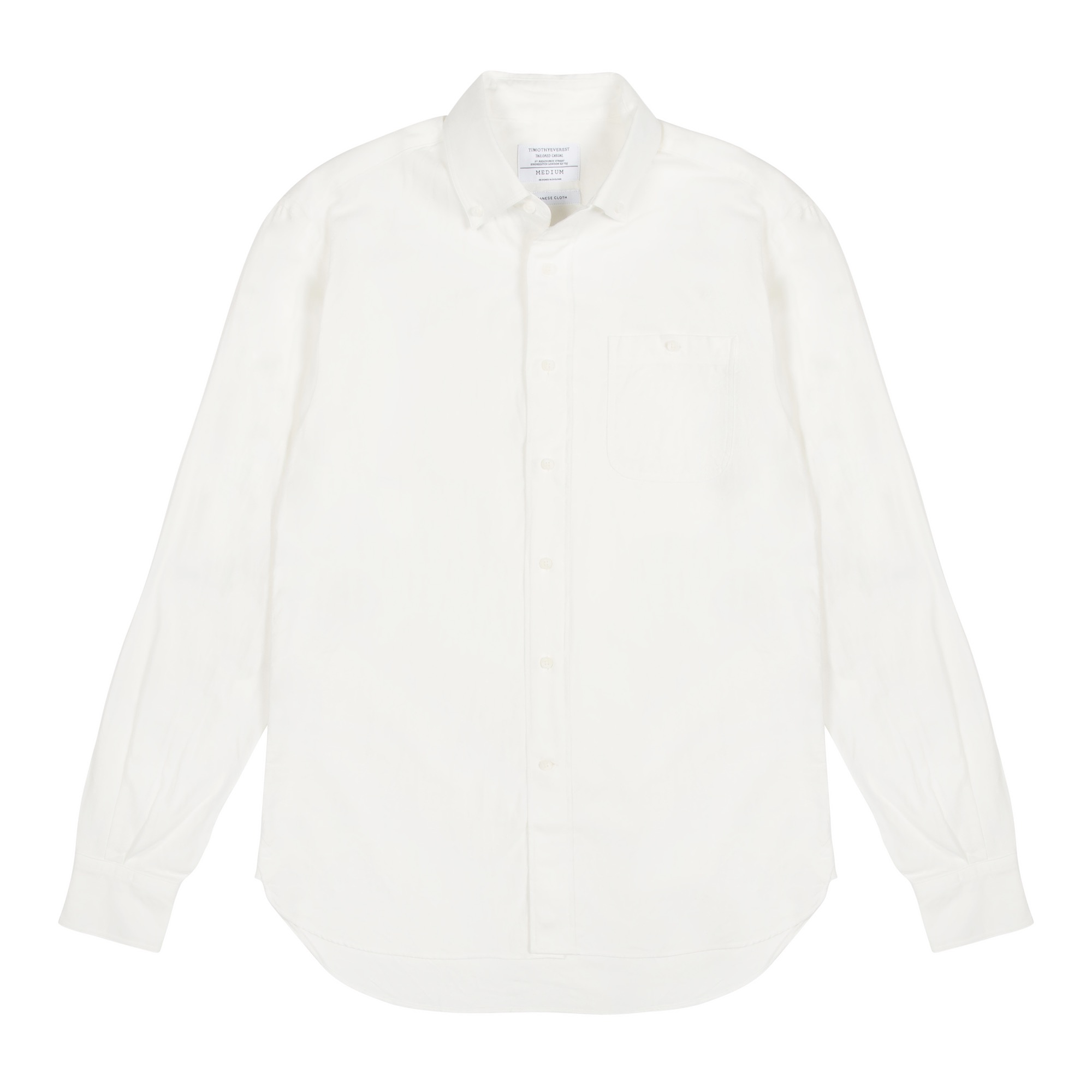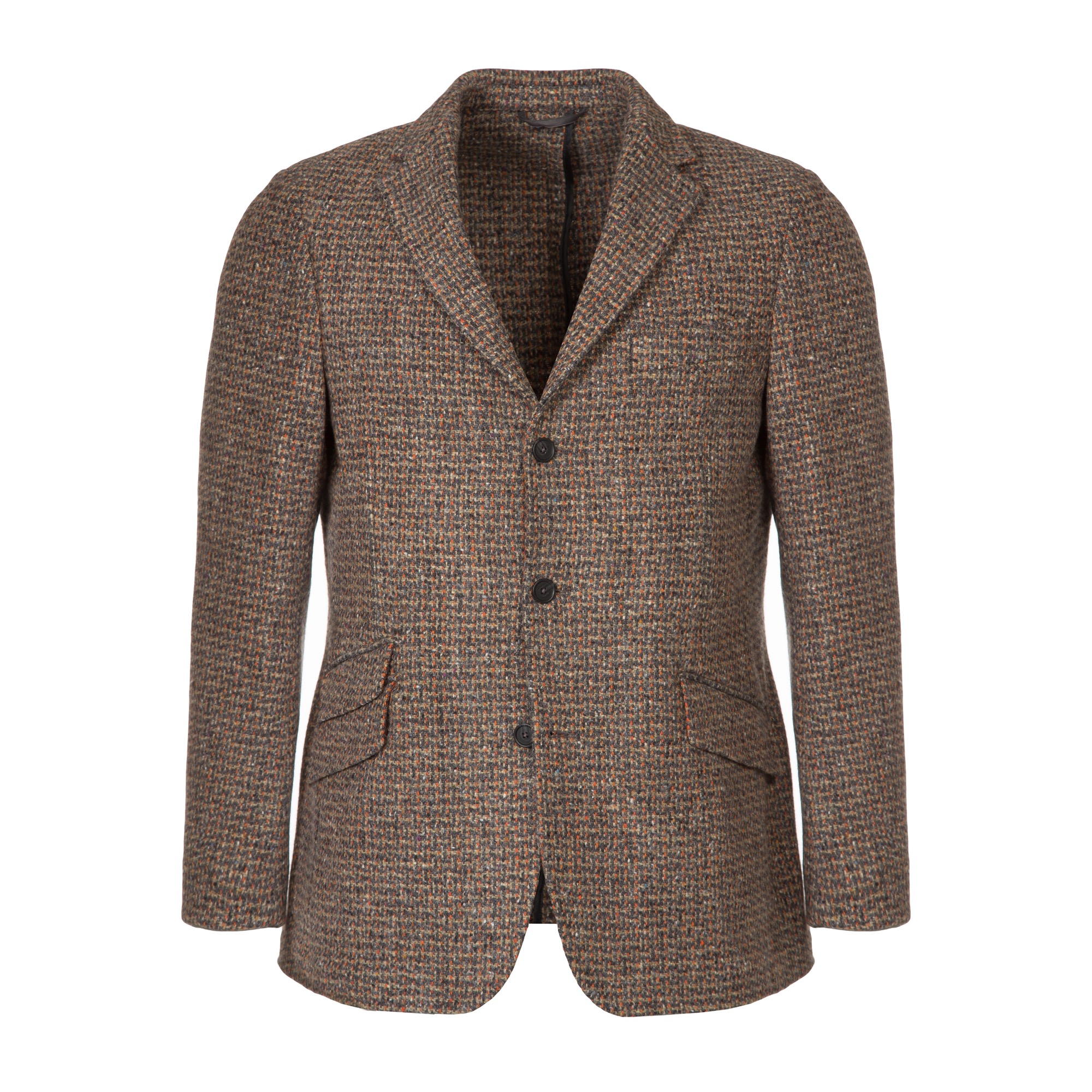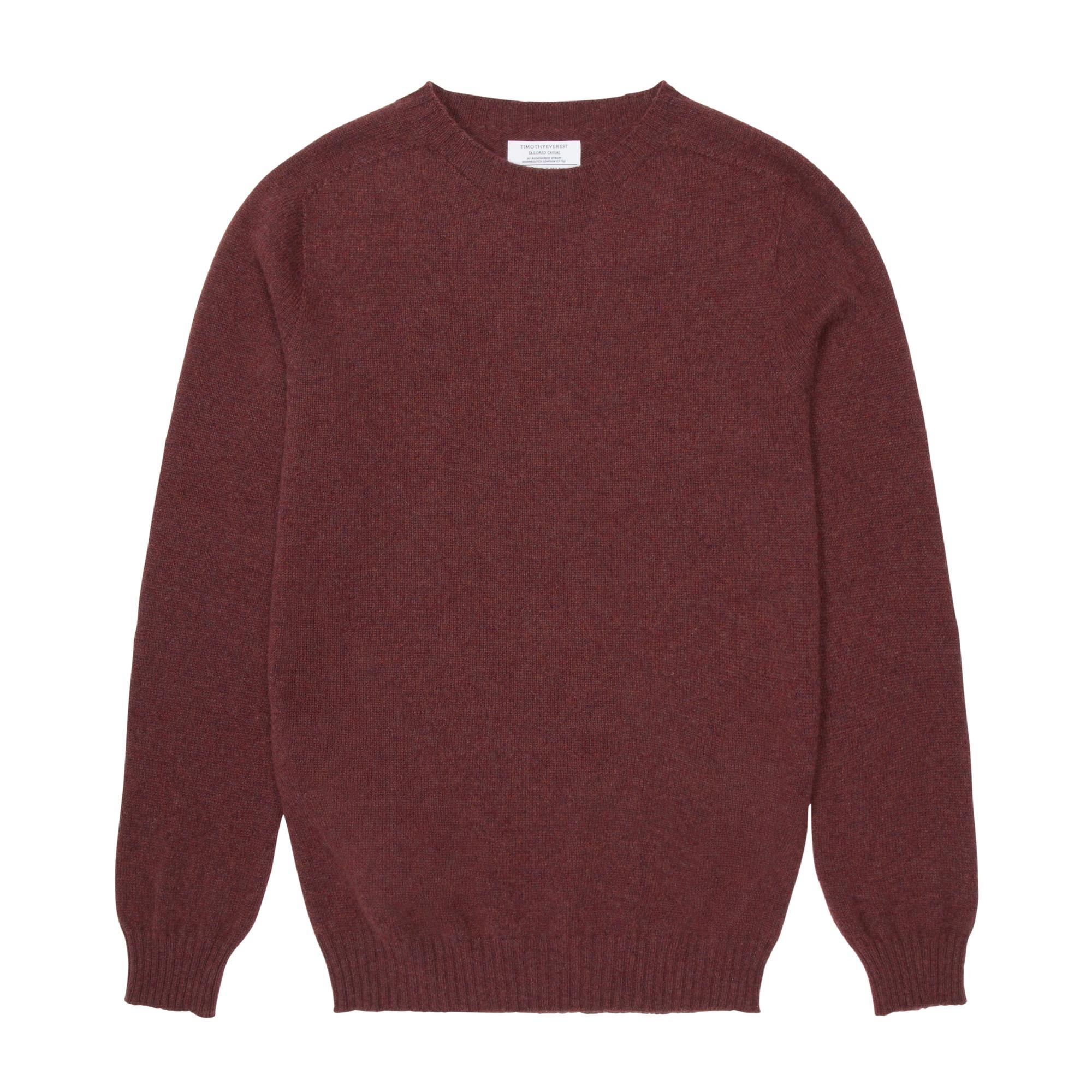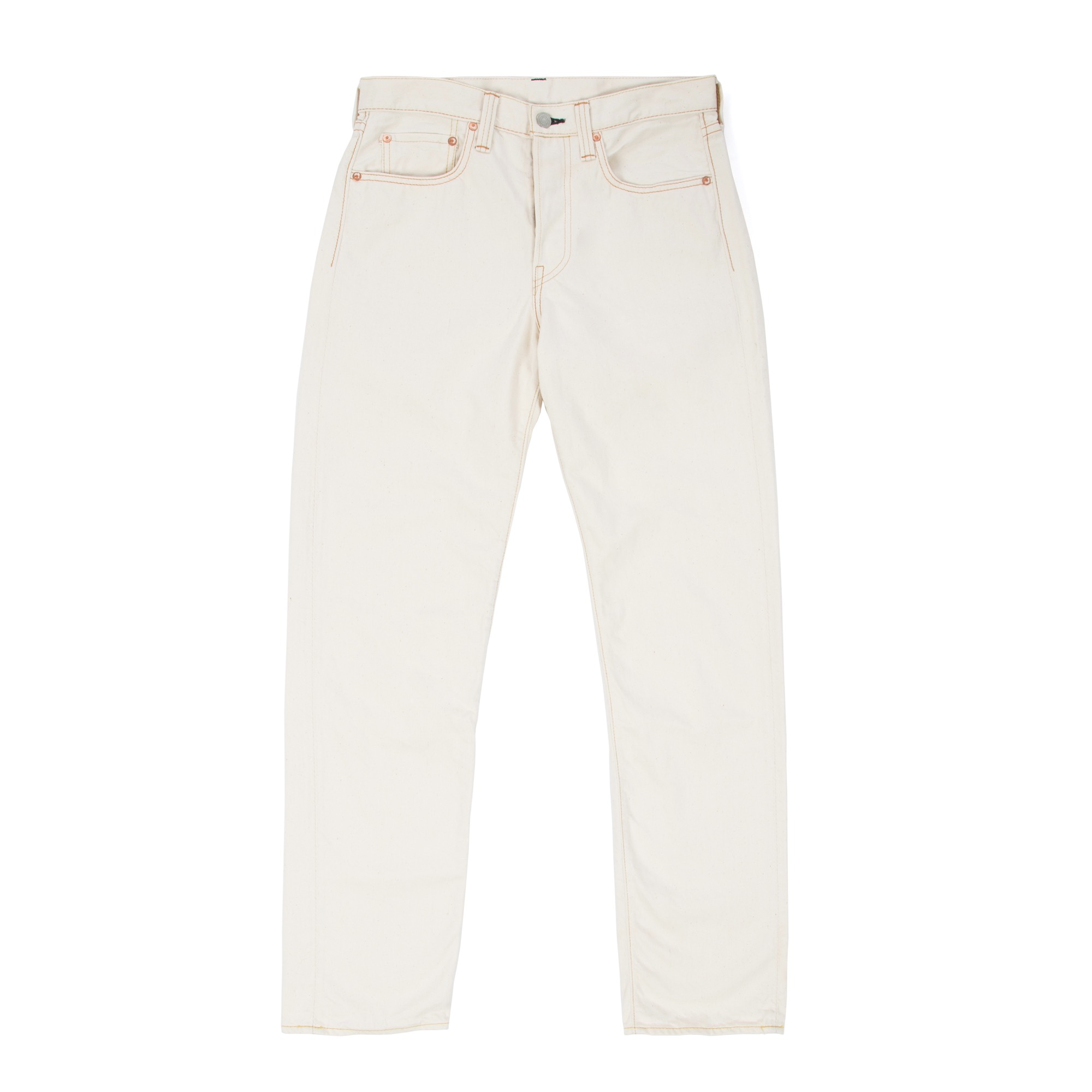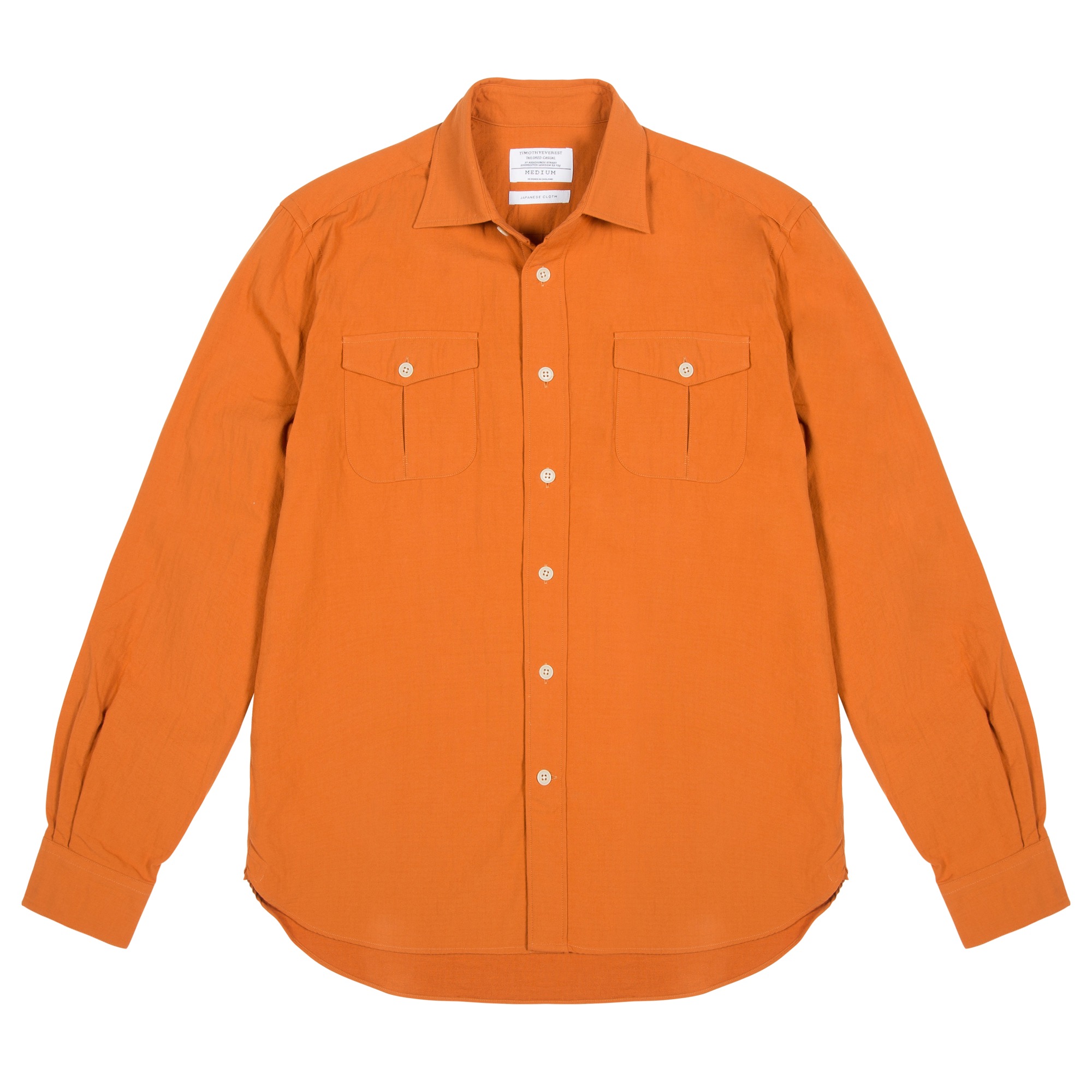Cinema is often described as the ultimate artistic medium, incorporating almost every form of expression: photography, music, movement, acting, writing and style. As a society often obsessed with on-screen protagonists, we zoom in on the appearance of actors, the spotlight hotly judging their finely honed appearances. But what about those behind the camera, the auteurs and visionaries who create our favourite movies? Surely people with such attention to detail and depth of thought take the time to consider how they dress. Here’s our top six tastemakers of style and screen, and some of their most iconic work.
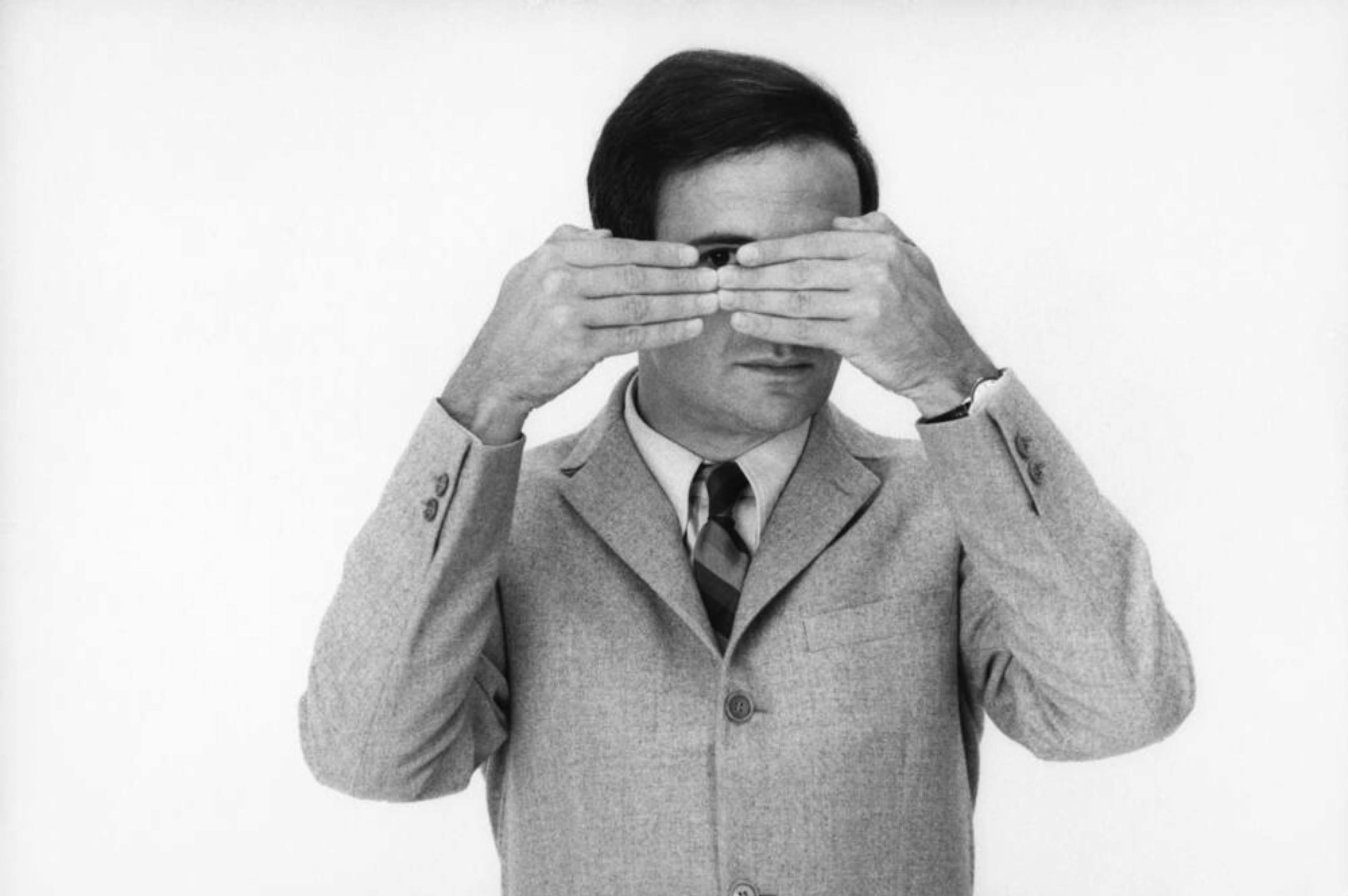
18th June 2022
The Director’s Cut
Movie Maker Style
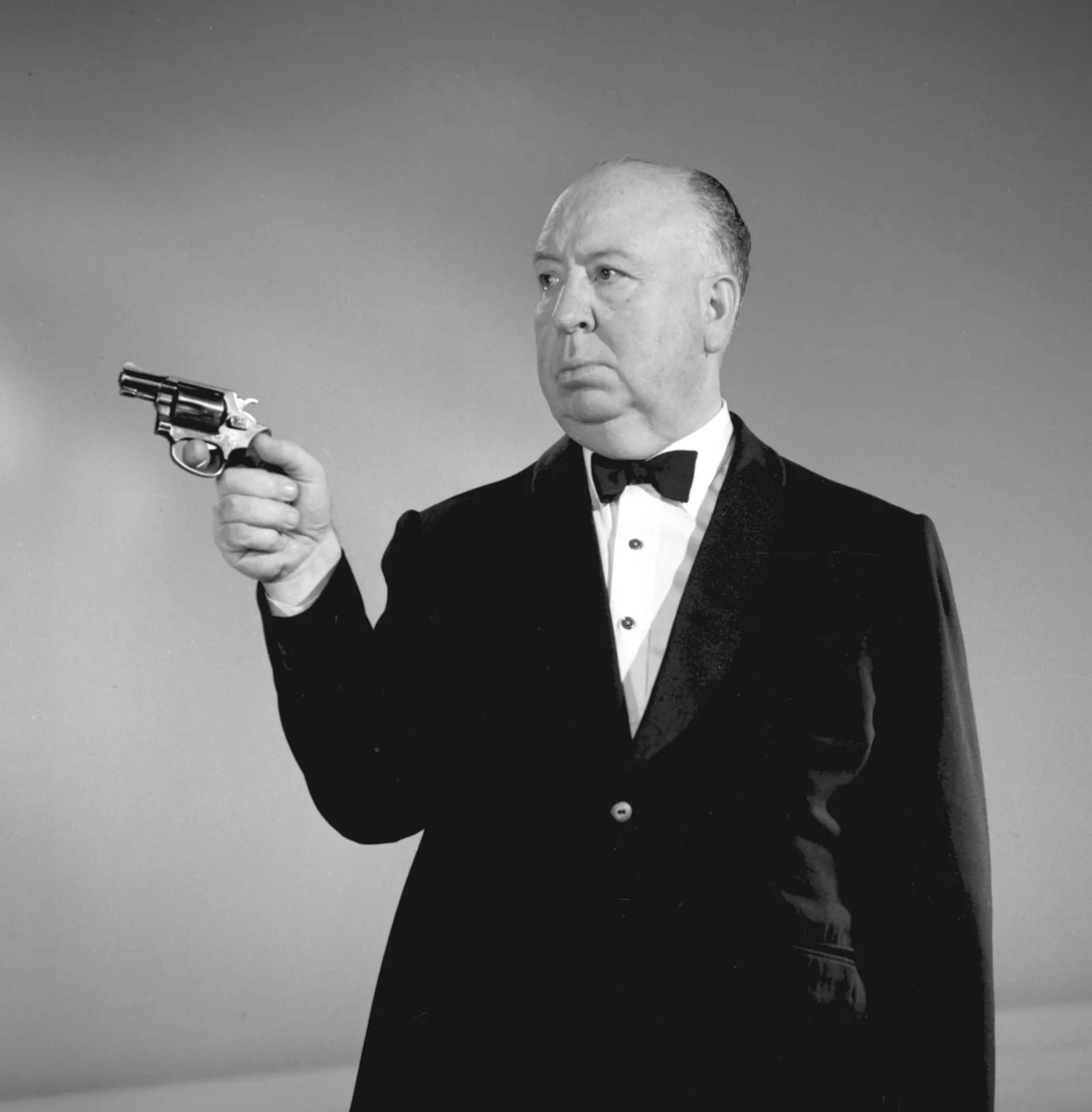
Alfred Hitchcock
‘I am a believer in the visual.’
The so-called master of suspense and mystery, Hitchcock’s pictures of the 1950s and 60s have a strong aesthetic identity – from the title graphics of Saul Bass to classic wide-lapelled suits. Hitchcock, originally from east London, would always place himself somewhere in his movies, a gentle reminder that he’s the one pulling the strings of your experience. Almost always pictured in a dark suit and tie, his rotund and emotionless appearance was somewhere between a funeral director and monochromatic clown. An icon of the silver screen and a man who knew far too much about manipulating the audience…
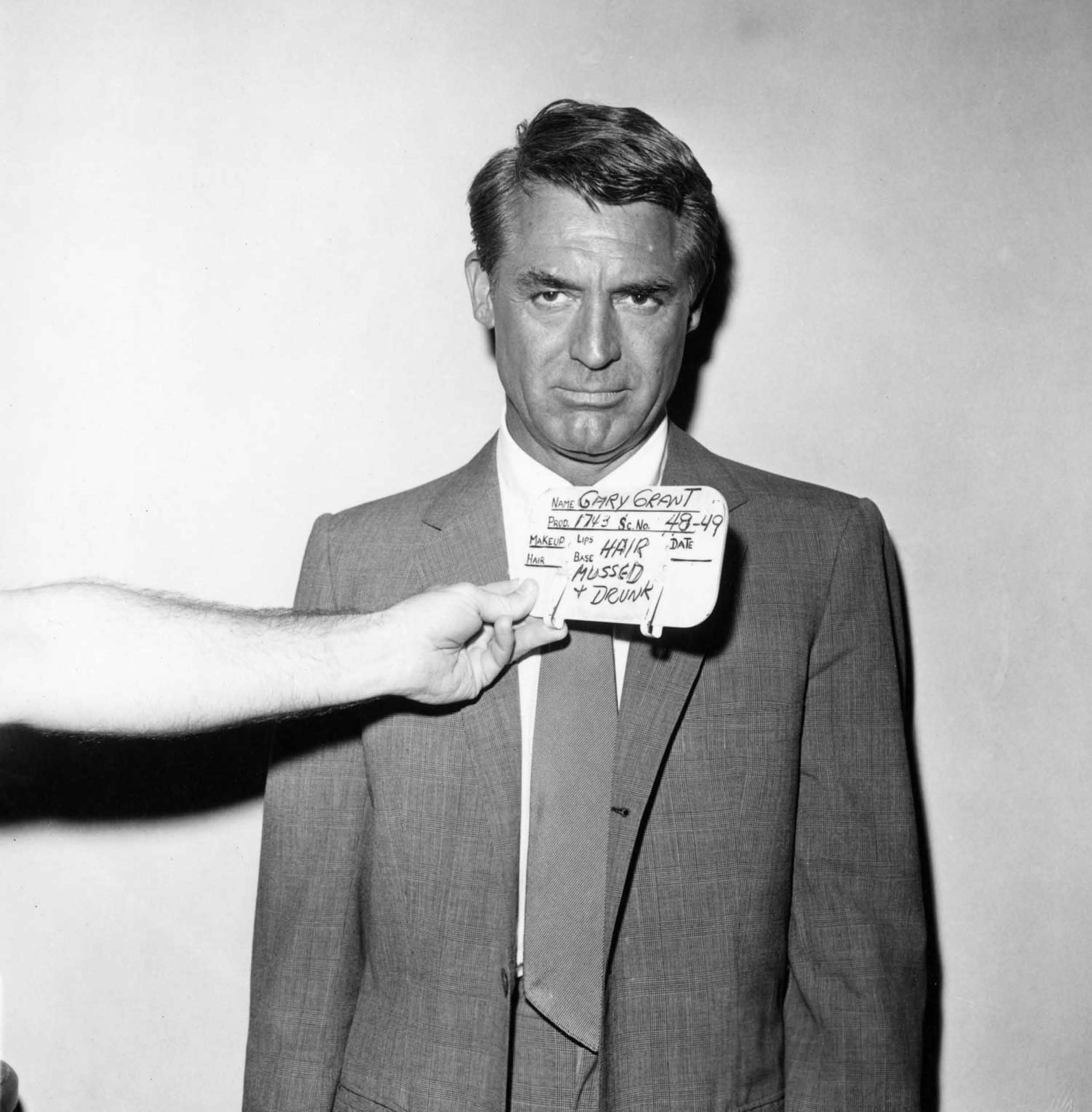
Watch: North by Northwest
Cary Grant appears in this thriller about a man escaping mysterious assailants across the United States. From being attacked by a crop-duster plane, to hanging off the edge of a modernist house on Mount Rushmore, Grant always looks impeccable, if somewhat startled.
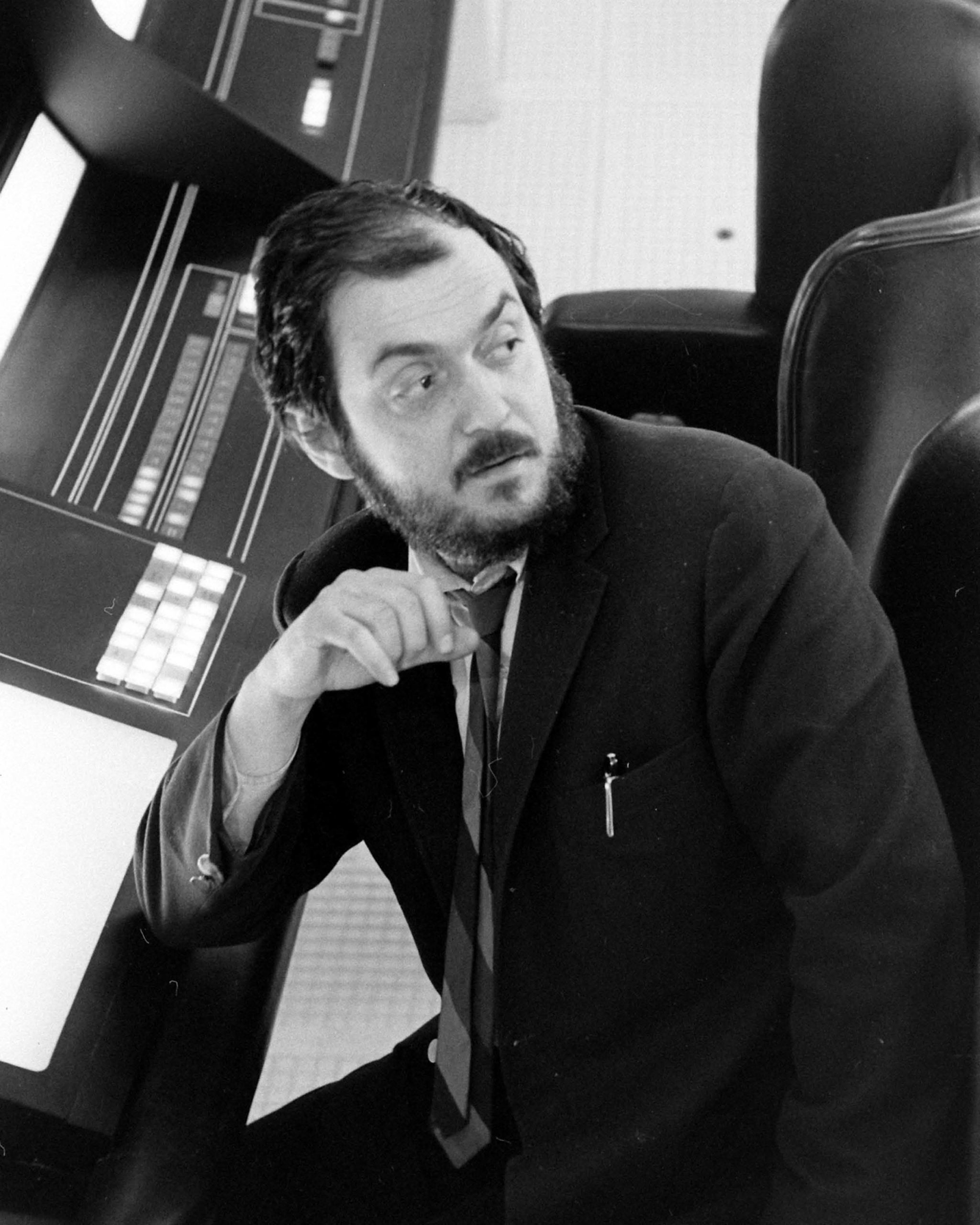
Stanley Kubrick
‘A film is – or should be – more like music than fiction.’
Regarded as a giant of cinematic form, Stanley Kubrick’s work demands attention for his exacting approach to music, cinematography, set design and composition. A man who broke ground in every genre he attempted, from horror to sci-fi – his vision was realised in immaculate clarity. From a style point of view, he can be seen to have a practical but classic sensibility, oftentimes sporting versatile outerwear and simple suit and open collar. It appears he may have also been an early proponent of the suit and sneakers look.
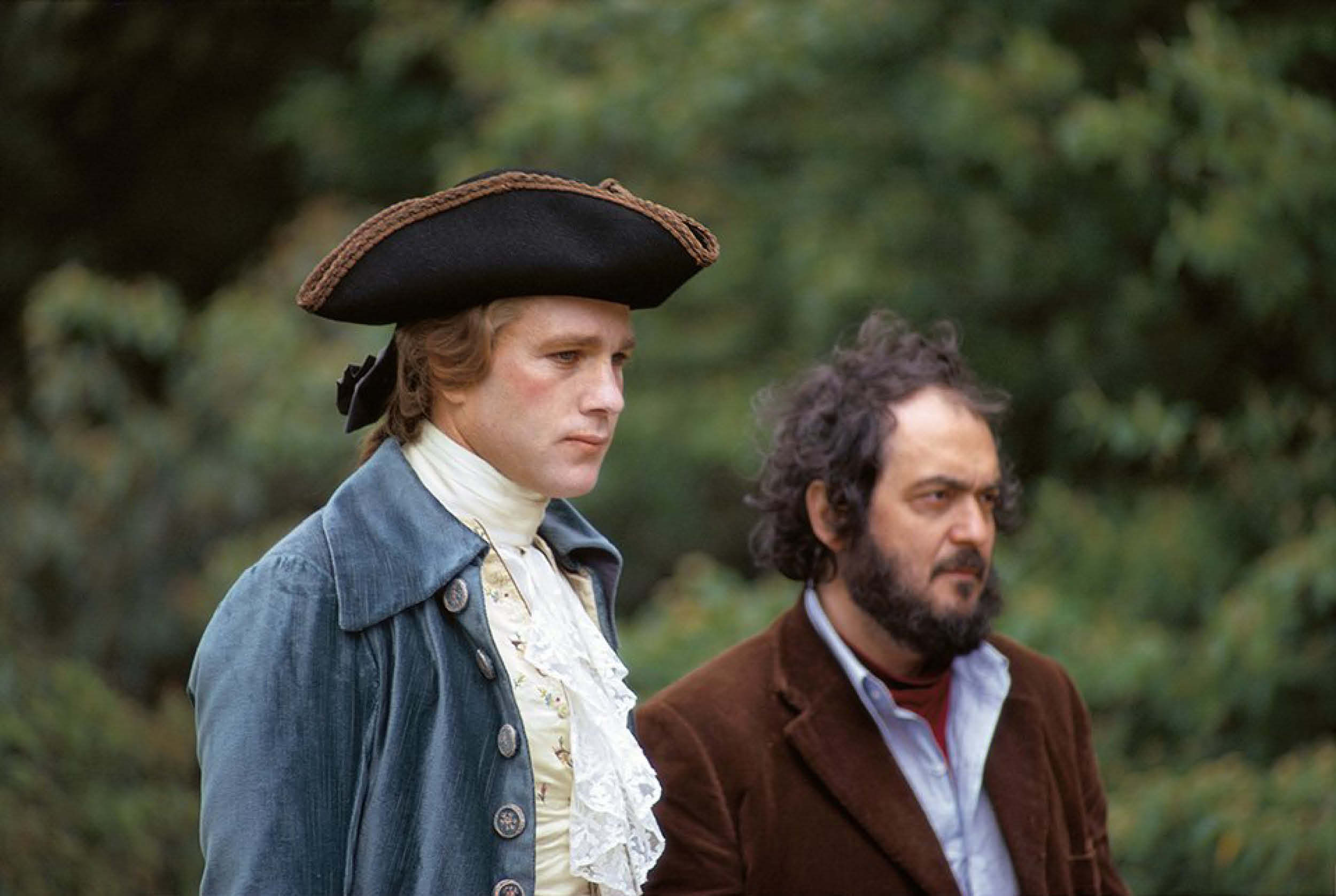
Watch: Barry Lyndon
Whilst 2001 is often cited as Kubrick’s most epic visual triumph, Barry Lyndon is an incredible piece of filmmaking. Telling the rags-to-riches story of an Irishman infiltrating the English upper-class and with many scenes framed like William Hogarth paintings, the costumes, story and soundtrack are unforgettable.
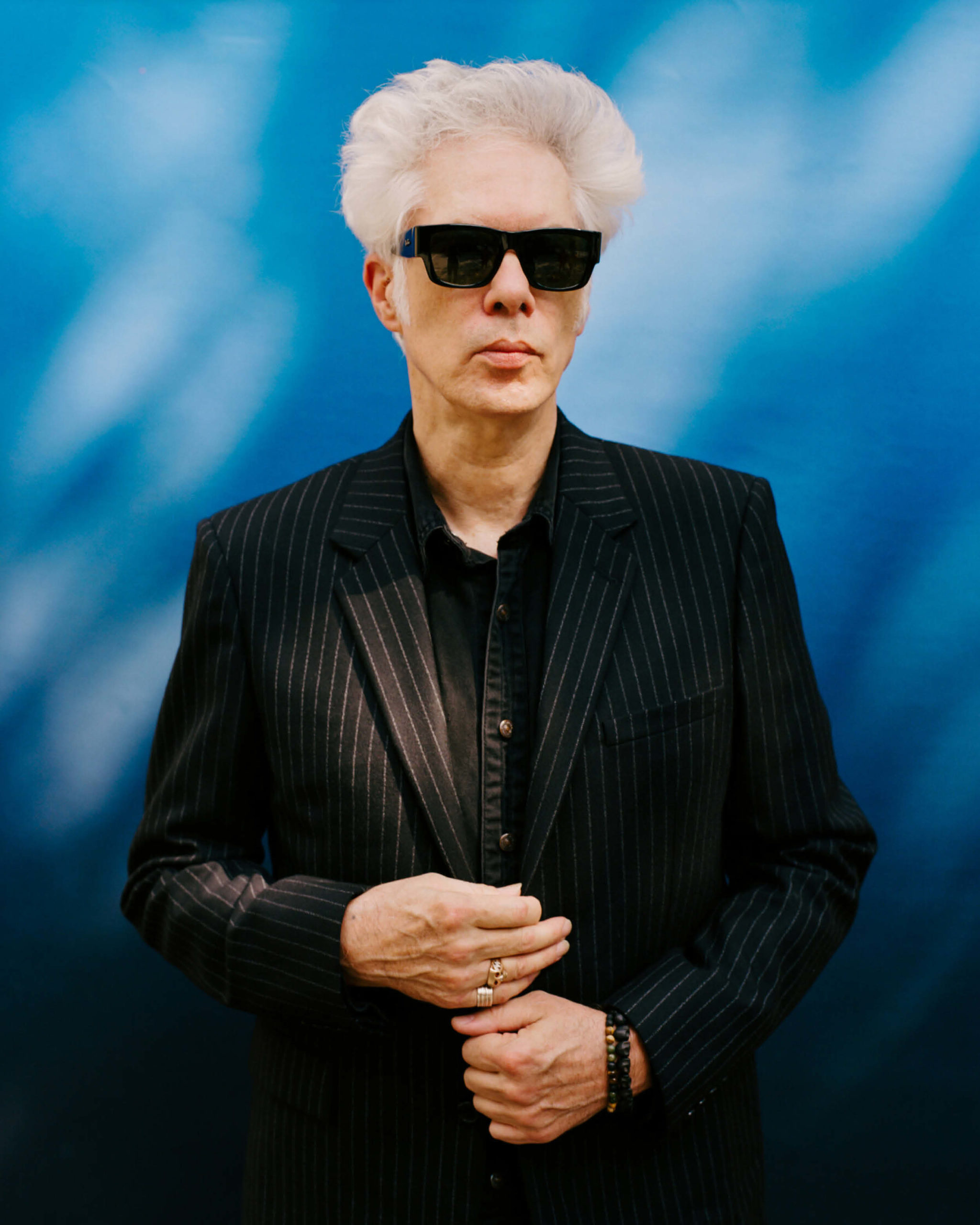
Jim Jarmusch
‘I love film because film is very related to music.’
Having spent some of his college days in Paris watching movies from all over the world, Jarmusch is difficult to categorise in terms of genre or even style. But for a man with such eclectic tastes – claiming influences ranging from fellow filmmaker Jean-Luc Goddard to rapper Missy Elliot – Jim Jarmusch’s own style rarely deviates from a dark sports jacket, open collar shirt and jeans. Yet his movies contain a strong array of cultural forms and fashions: from the zoot suit of Screaming Jay Hawkins in Mystery Train to Jonny Depp’s Native-American-inspired outlaw in Dead Man, Jarmusch’s aesthetic is a whirlwind of mad-cap Americana and beyond.
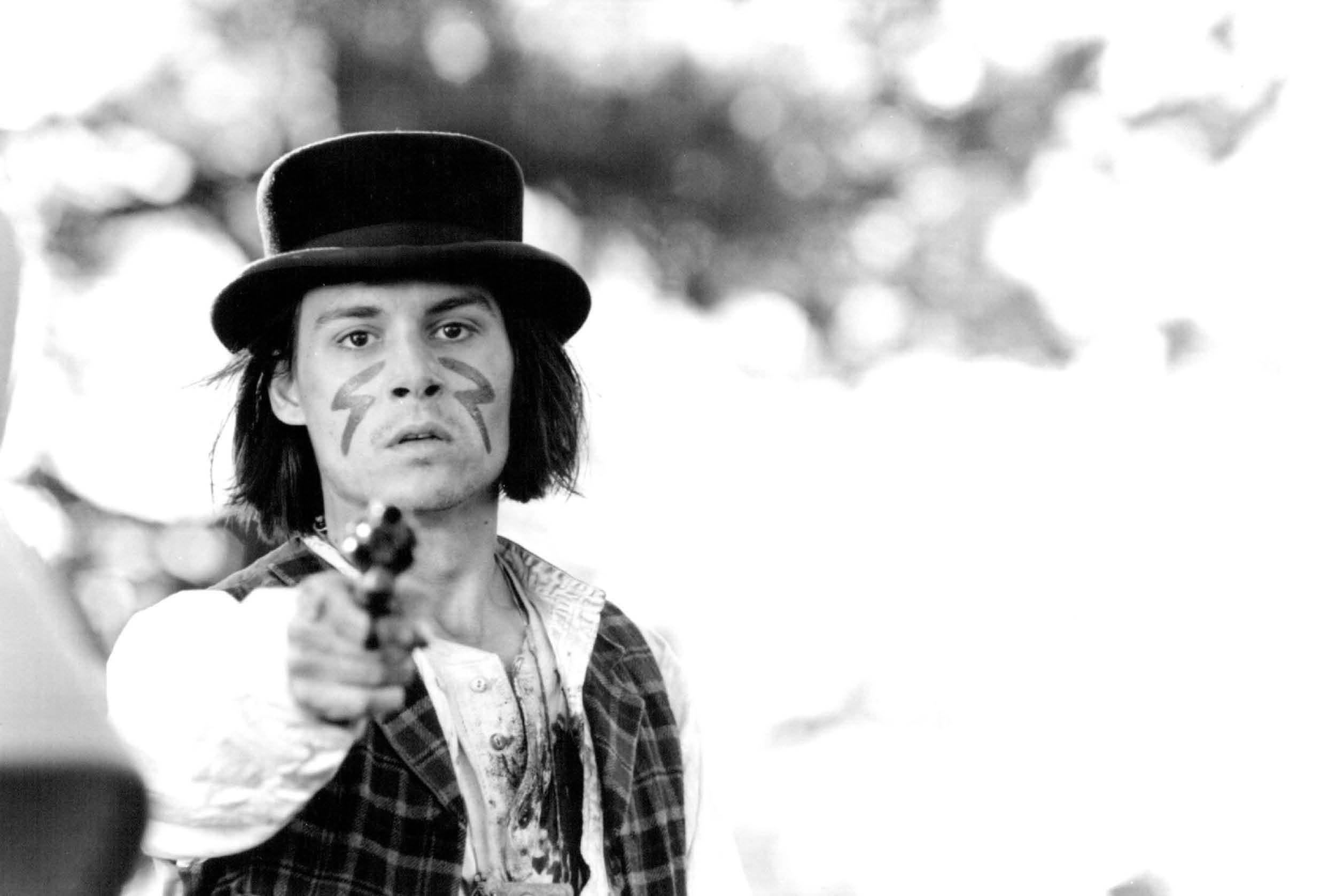
Watch: Dead Man
Arguably Jarmusch’s masterpiece. With a score by Neil Young and a cast including Iggy Pop, this is not your average western.
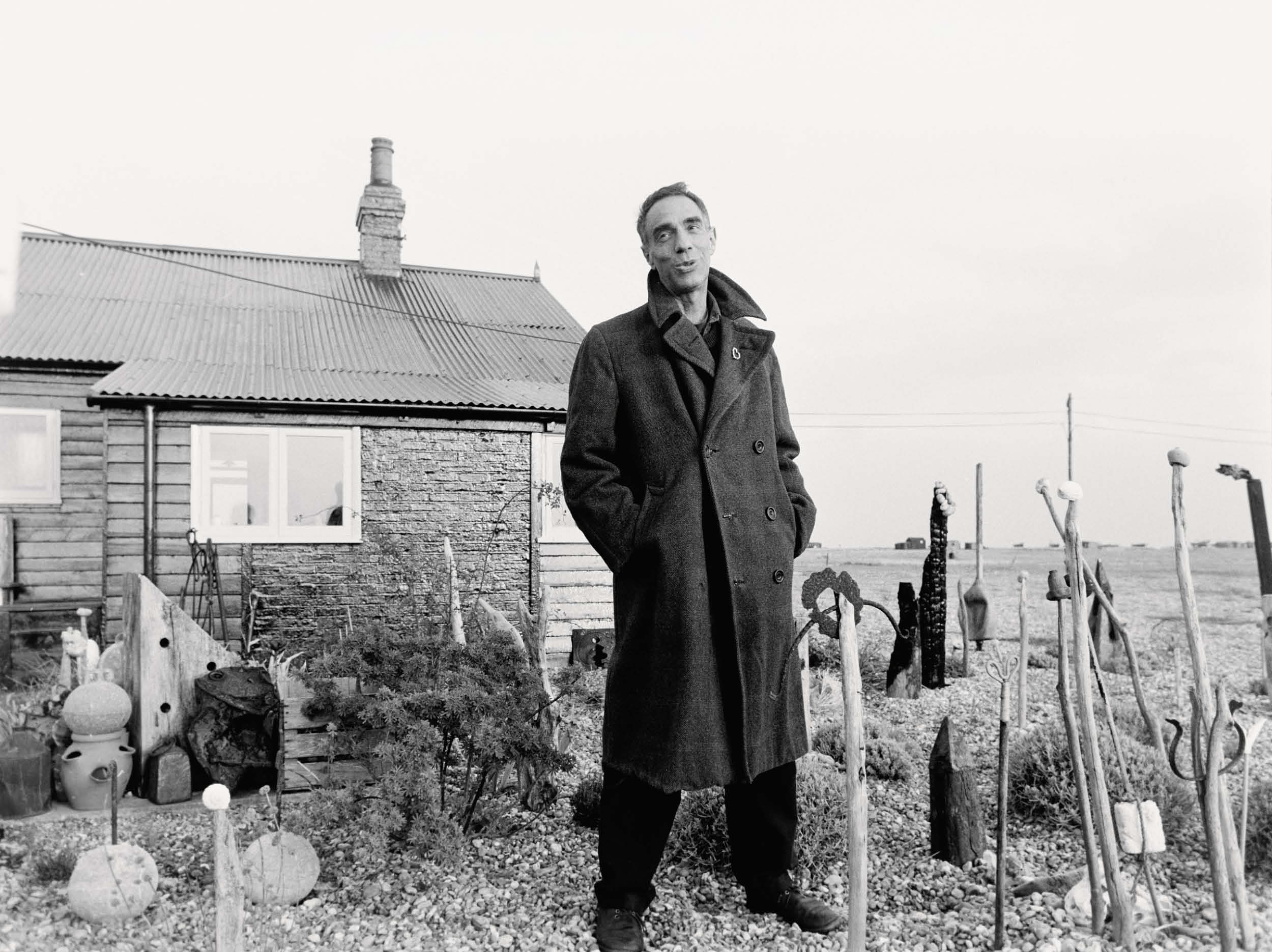
Derek Jarman
‘Oh, how Shakespeare would have loved cinema!’
Film director and polymath, Derek Jarman’s artistic background permeated through everything he did. His experimental and anarchic films dealt with a range of themes including death, time travel and homosexuality. A very radical approach to construction and aesthetics, Jarman’s own personal wardrobe was more muted, with classic cloths, workwear and simple lines complementing his impressive eyebrows. Jarman’s former place of residence in Dungeness, Prospect Cottage, is a small insight into his life and outlook.
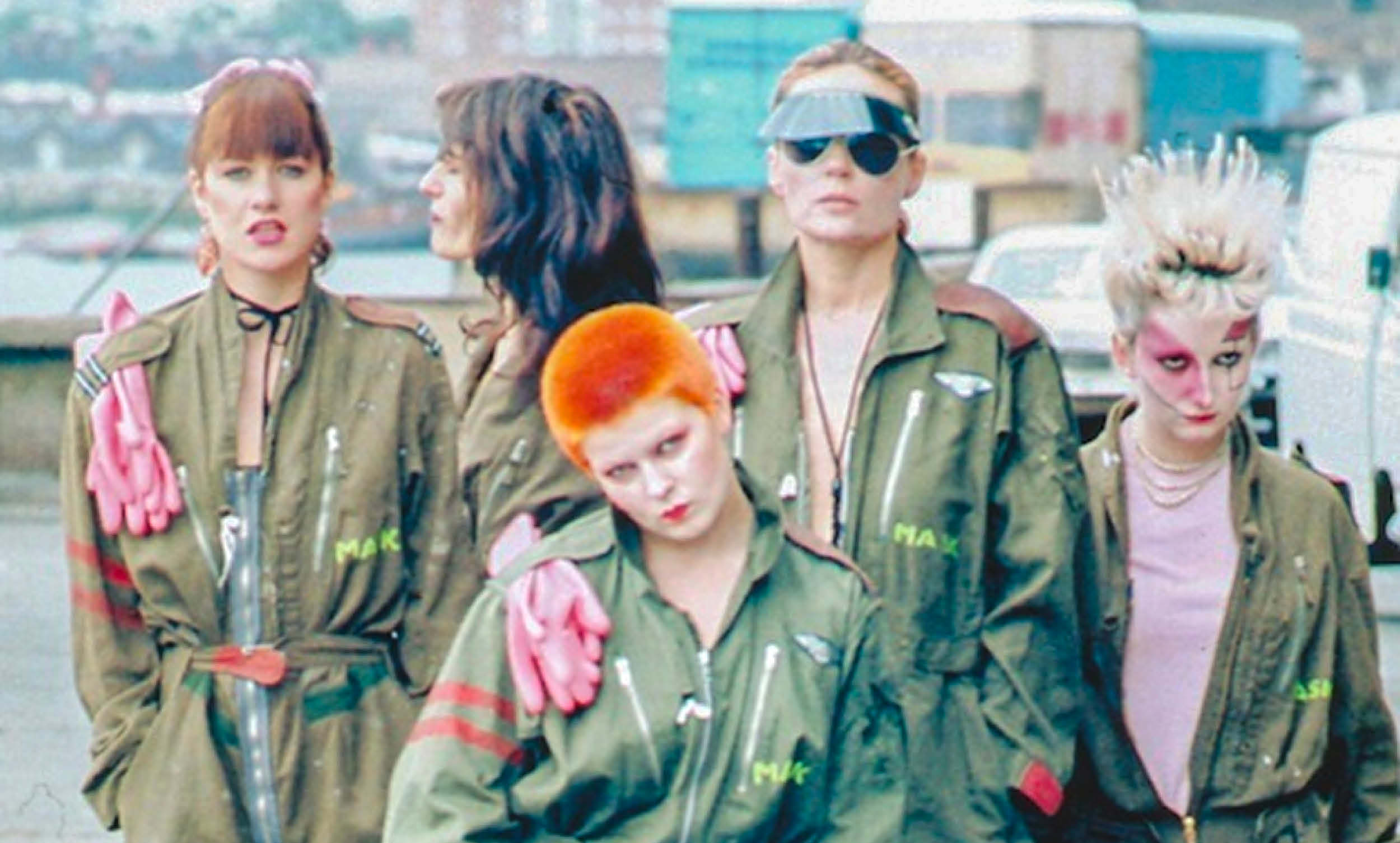
Watch: Jubilee
This chaotic cult film features a cast of iconic punk musicians including Adam Ant and Siouxsie Sioux; and is shot on location in rundown boroughs of late-1970s London.
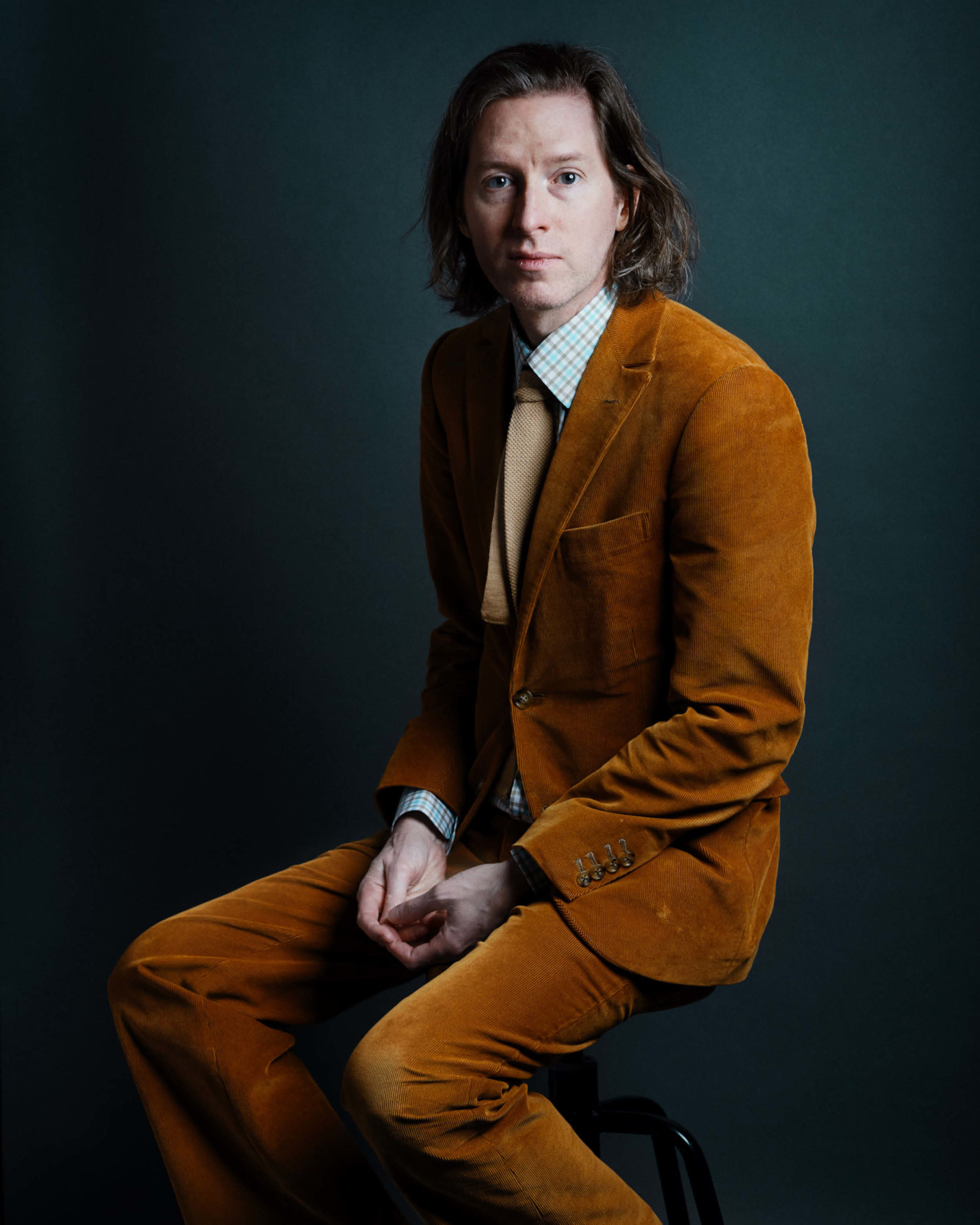
Wes Anderson
‘The details, that’s what the world is made of.’
Wes Anderson’s idiosyncratic style of filmmaking is a perfect symphony of costume and production design with brilliantly curated soundtracks. His movies are so aesthetically driven that sometimes the narrative can seem like an afterthought. But who cares? His own personal style is, like a lot of directors it would seem, drawn towards relaxed yet classic tailoring, such as a seersucker suit, but offset with casual shoes and scarf.
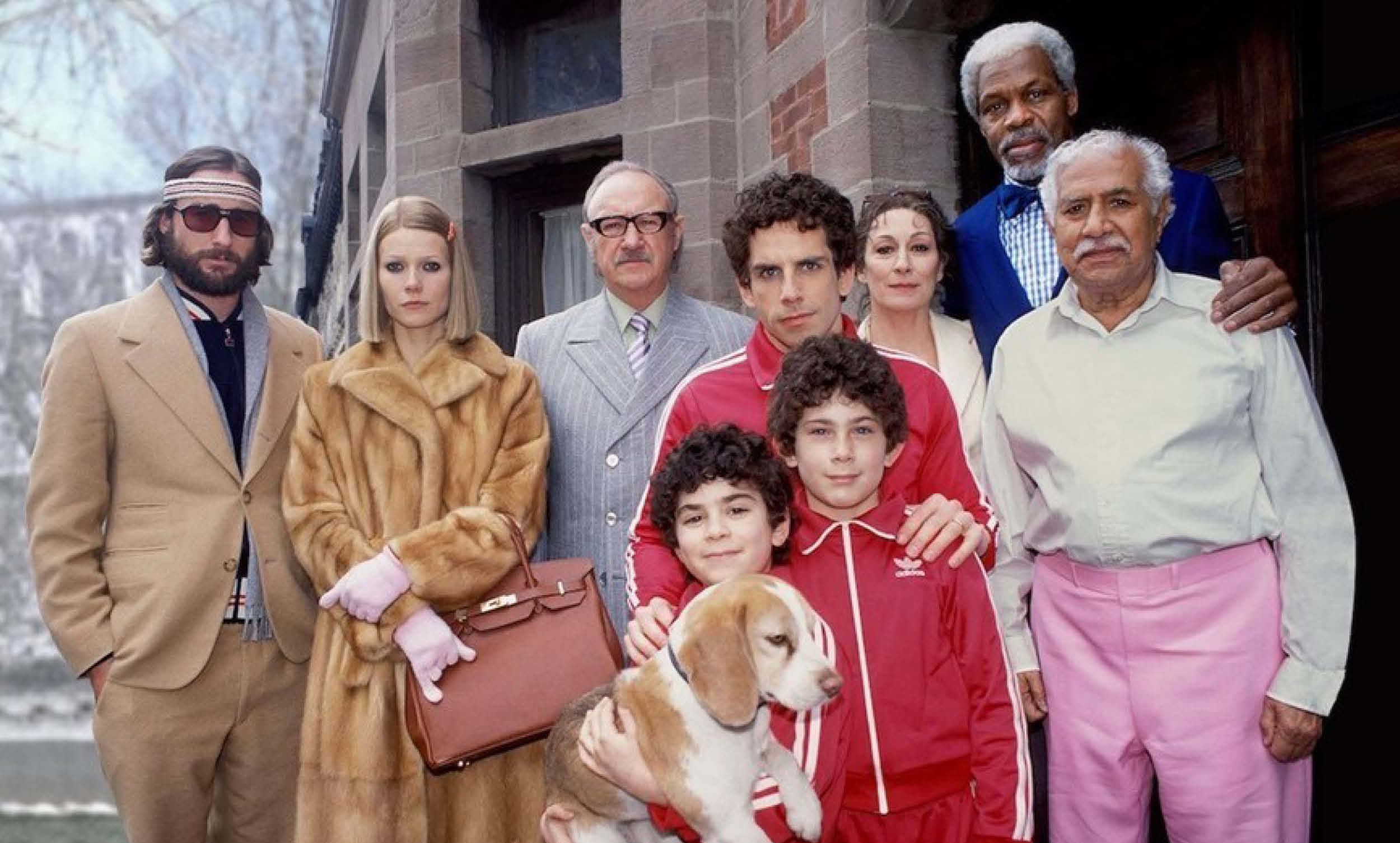
Watch: The Royal Tenenbaums
The film which announced Anderson to the world. The cast is a brilliant array of players including Gene Hackman and Anjelica Huston. The daydream-like story is an imagining of a ‘novel’ about an eccentric family in New York City.
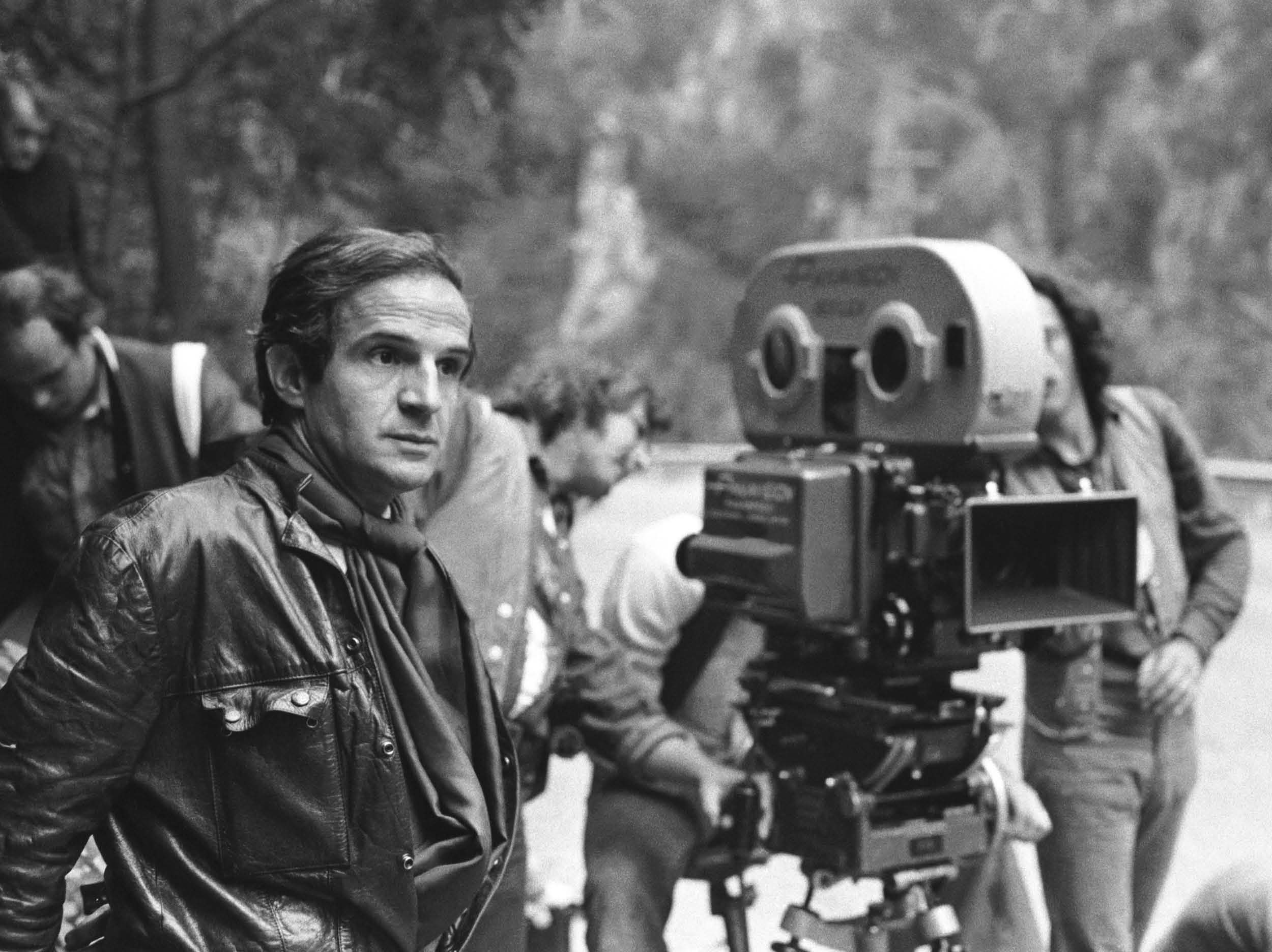
François Truffaut
‘Life has more imagination than we do.’
One of the founding fathers of the French New Wave, François Truffaut began his career as a film critic, and was known as the ‘Gravedigger of French Cinema’. He helped to invent and indeed perpetuate the auteur theory, which described the rise of ‘author’ filmmakers in the mid-twentieth century. Influenced himself by auteurs such as Hitchcock, whom he interviewed on numerous occasions, Parisian-born Truffaut was often pictured in beautiful flannel suits and classic menswear styles.
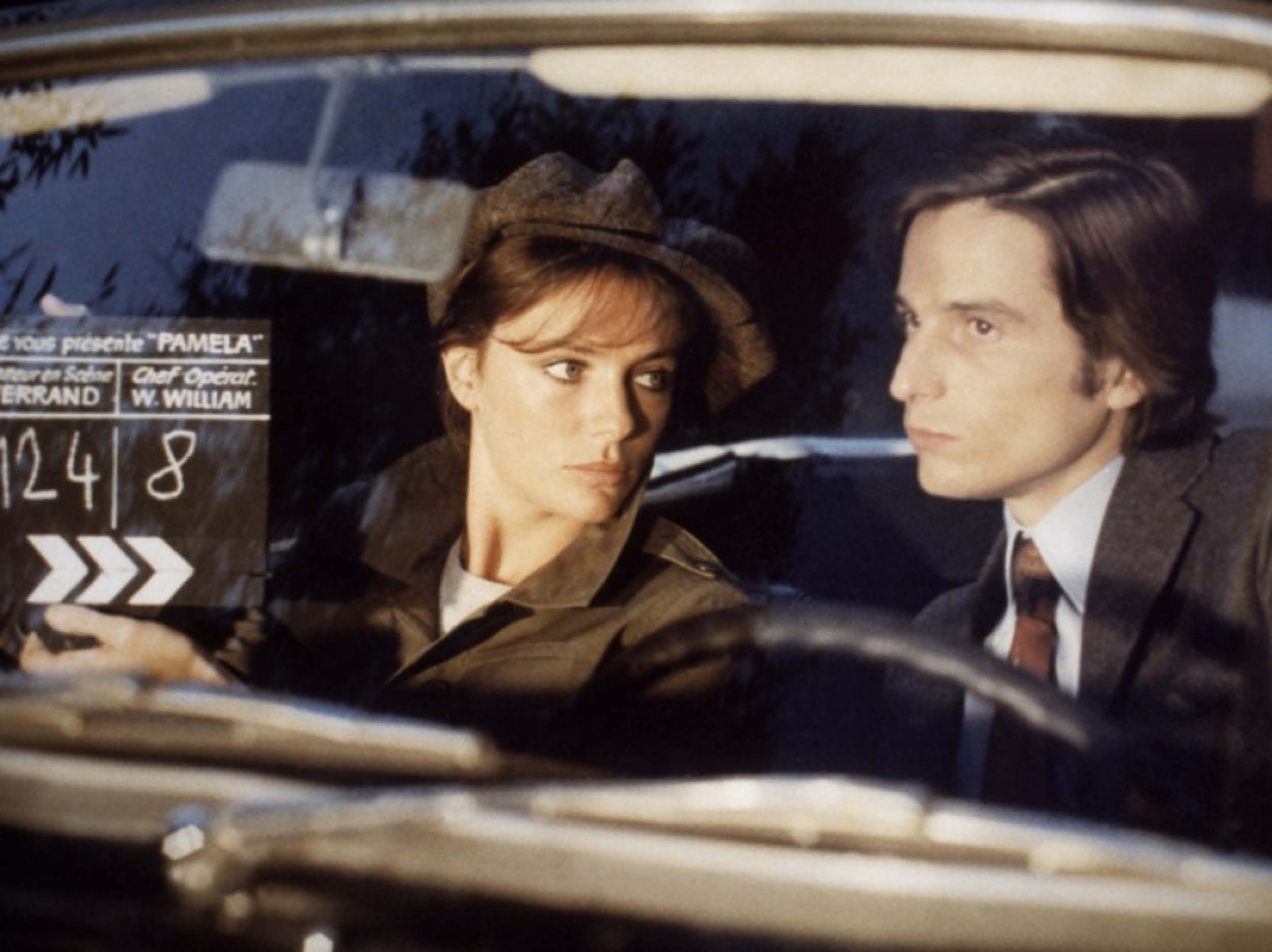
Watch: Day for Night
As the title alludes to (day-for-night being the technique for filming night scenes in daylight), this is a self-referential movie about filmmaking, and a satirical window into Truffaut’s colourful life.
Oppps!! There is no product
Oppps!! There is no product

